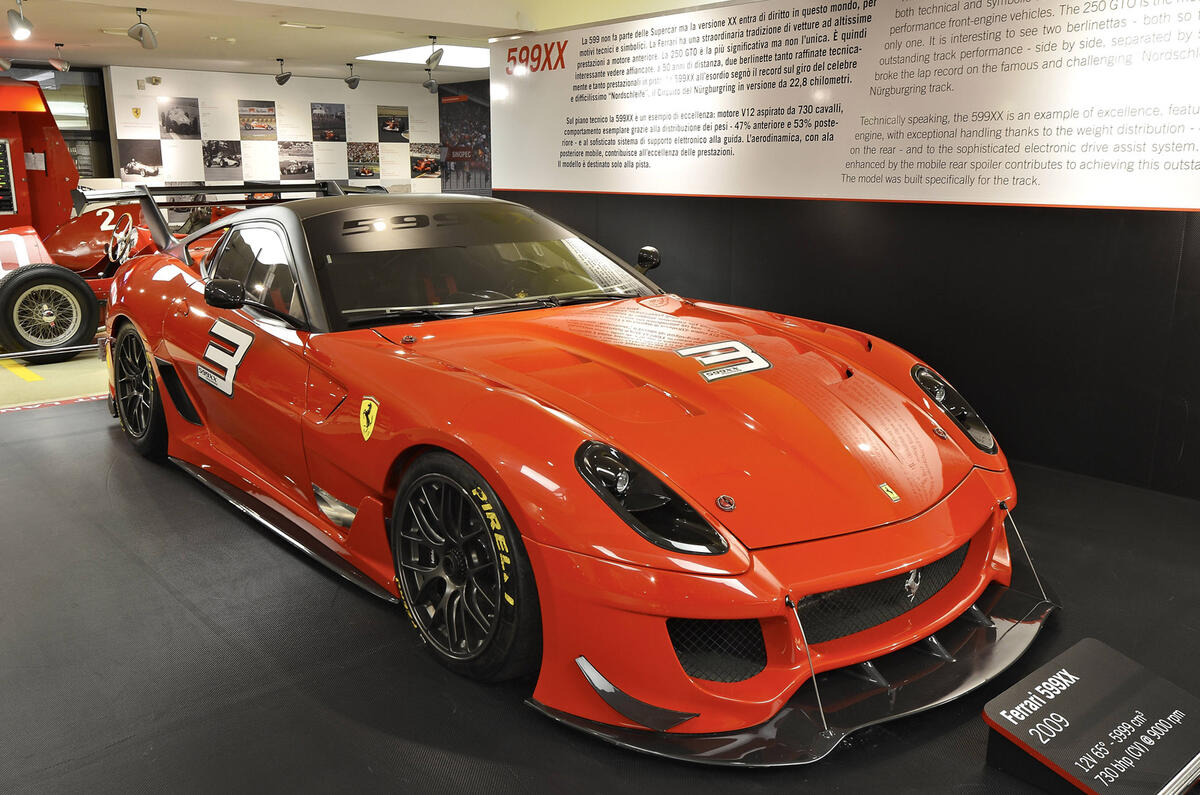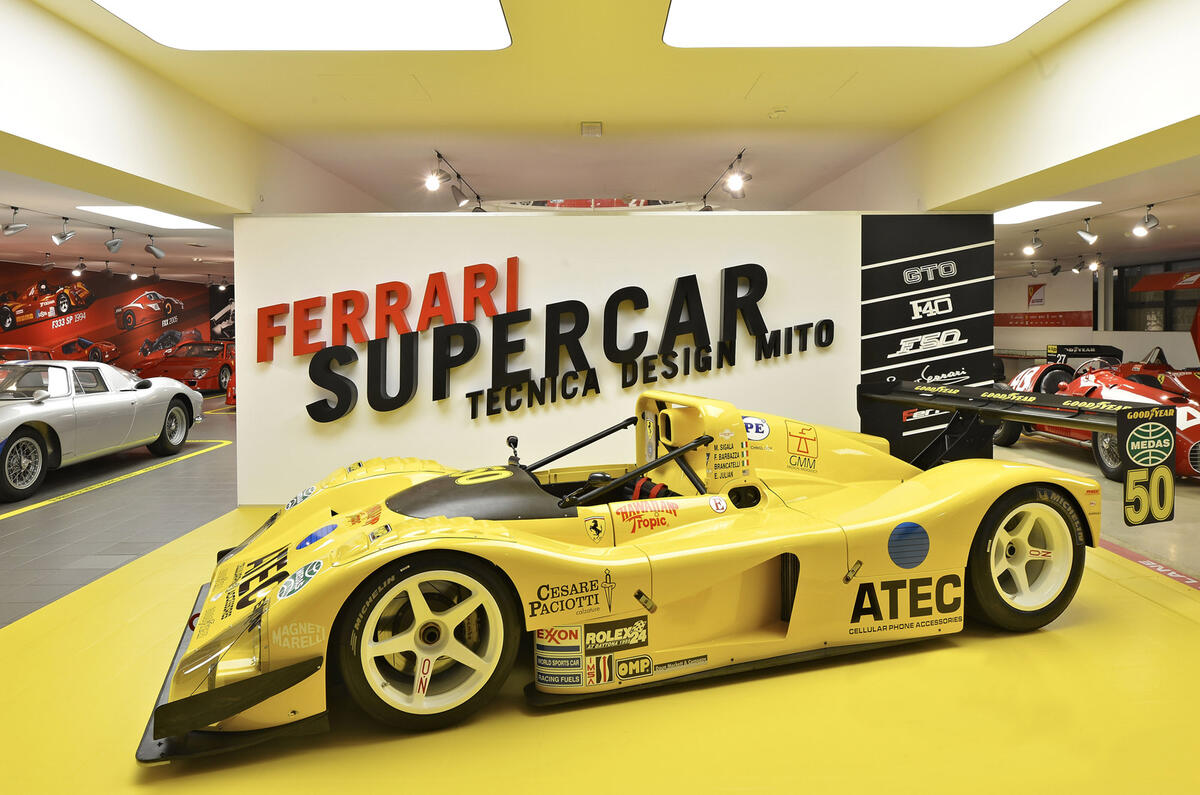Ferrari has opened a new exhibition called "Ferrari Supercar. Technology. Design. Myth." at its Maranello museum.
The exhibition, which was opened by Ferrari Chairman Luca di Montezemolo on 8 March, stars the new LaFerrari and celebrates the limited-edition models that preceded it.
Road-going models include the classic 250 GTO, the 288 GTO, the F40, F50 and Enzo.
Track and competition-oriented cars are on show too, including F1 racers, the FXX, 599XX, F40 Competizione and the GTO Evoluzione.
A large portion of the display is also devoted to the history and development of the new LaFerrari, which was revealed at the Geneva motor show.
The exhibition runs until 30 September and tickets, as well as guided tours, can be booked online.
Limited-edition Ferrari specials at the exhibition include:
250 GTO
The 250 GTO is probably the most famous Ferrari. With a 3.0-litre 296bhp V12 engine, a five-speed transmission and a dry weight of 880kg, it proved ferociously capable on both road and track.
It won the GT Manufacturers' International Championship three years in a row. Only 36 were produced – between 1962 and 1964 – but all remain in existence.
Today, a 250 GTO is worth in the region of £13.4million.
288 GTO
The 288 GTO was Ferrari's attempt at a Group B racer, based on the 308 GTB. The project began in 1983 but had become a road car upon its unveiling in 1984, as Group B has been abandoned by the FIA.
Powered by a 400bhp, 2.8-litre twin-turbo V8, the 288 GTO was capable of 190mph. Ferrari made 272.
F40
Perhaps the most iconic of Ferrari's supercars, the F40 was launched in 1987 to mark forty years of Ferrari road cars. Its chassis was steel, but the body included composites and Kevlar. Combined with minimal equipment, that meant the F40 weighed just 1100kg dry.
It was powered by a development of the 288 GTO's engine, with capacity increased to 2.9 litres and power rising to 478bhp. The F40's uncompromising nature made it hugely covetable; so much so that Ferrari made 1315 after an initial planned production run of just 400.




































Join the debate
Add your comment
It is a nice collection and
It is a nice collection and thanks for sharing this to us. Would you like to know more about the pets. Click Here for getting more tips and tricks about the pets. Pet lovers will like it.
333SP
Why is/was the 333SP yellow, or more specifically not red?
looks like a stunning collection.
"Today, a 250 GTO is worth in
"Today, a 250 GTO is worth in the region of £13.4 million"
What year was this article written in?
The last 250 GTO sold (chassis No. 3505), went for $35M (@ £22.6M!)